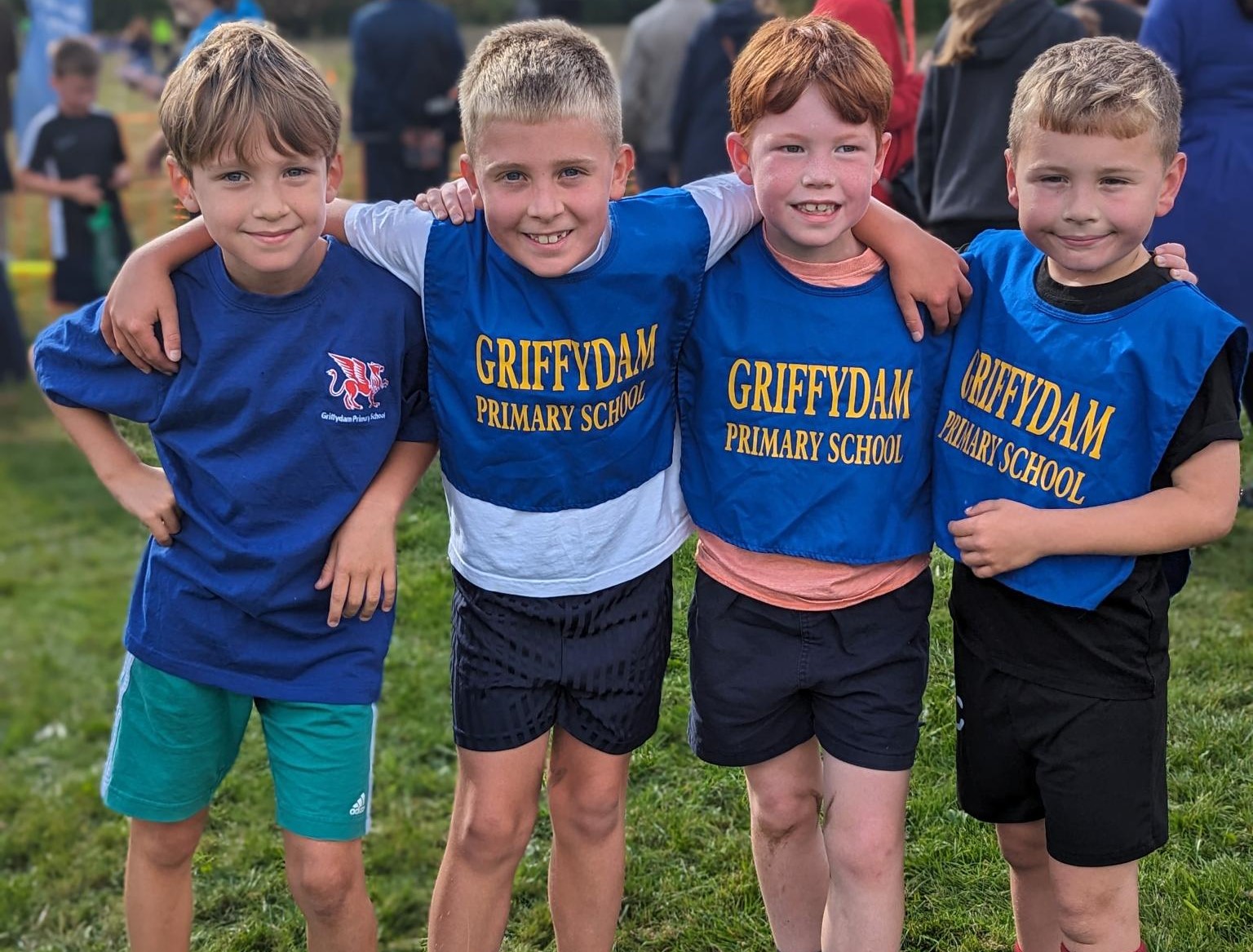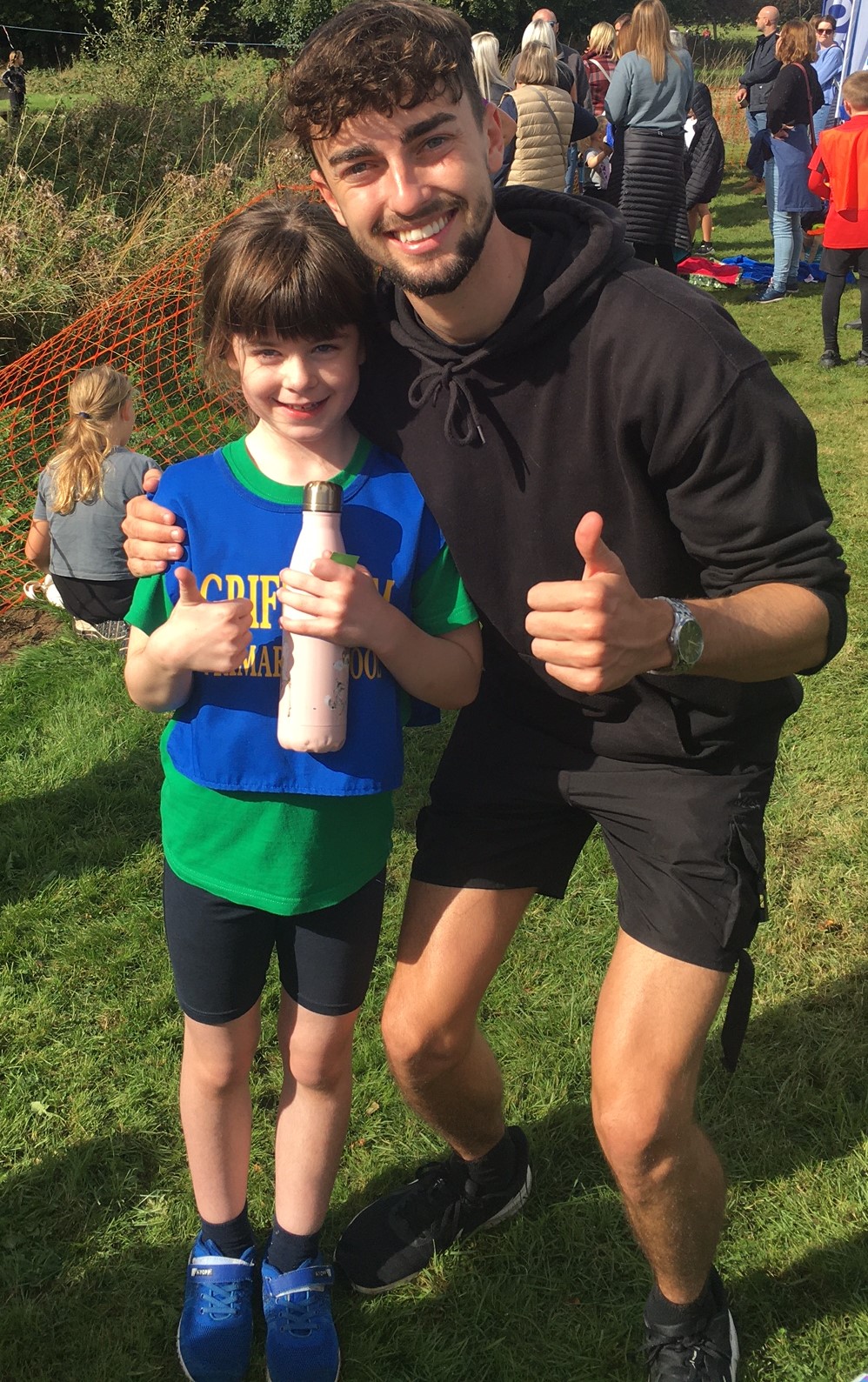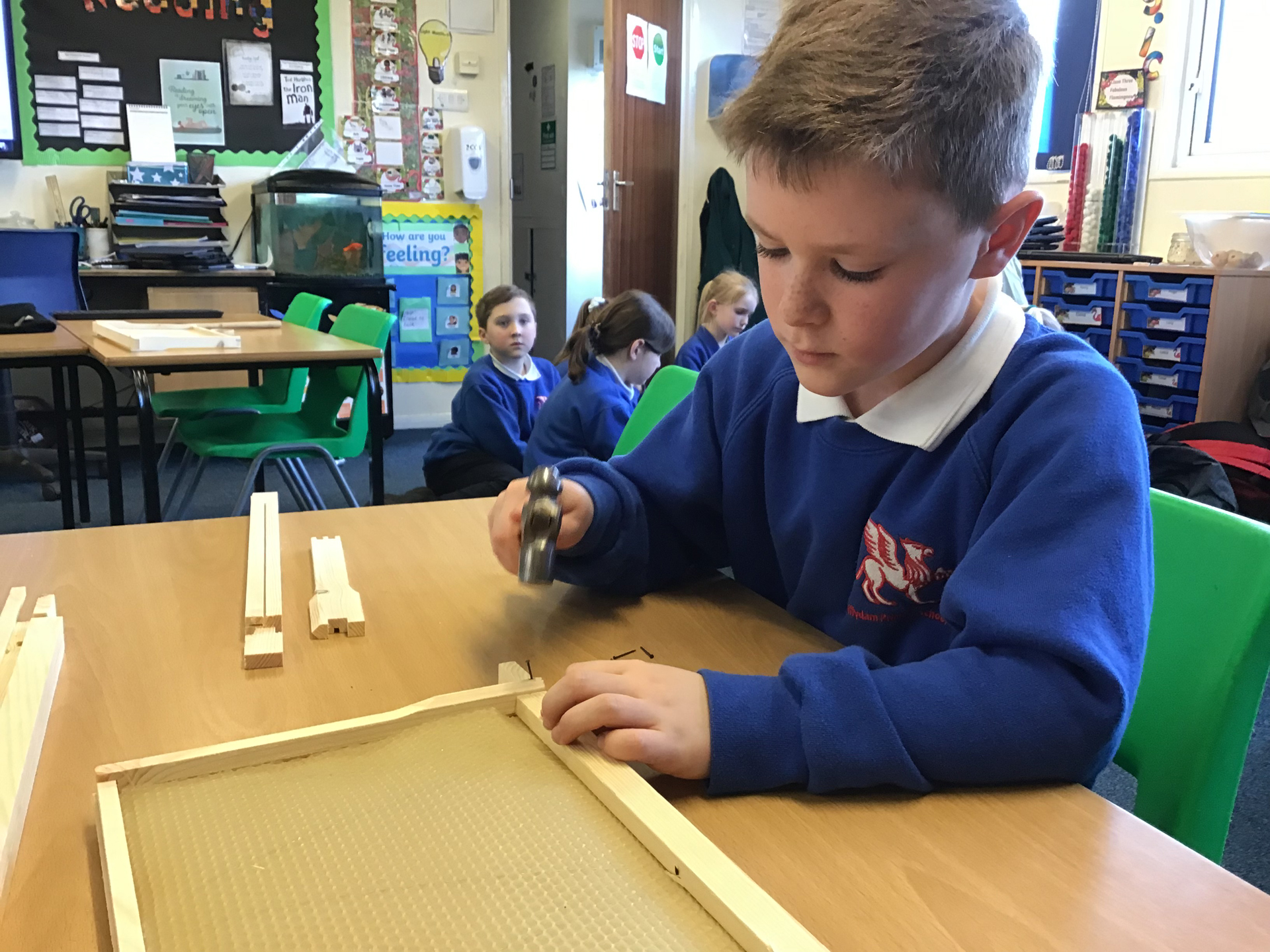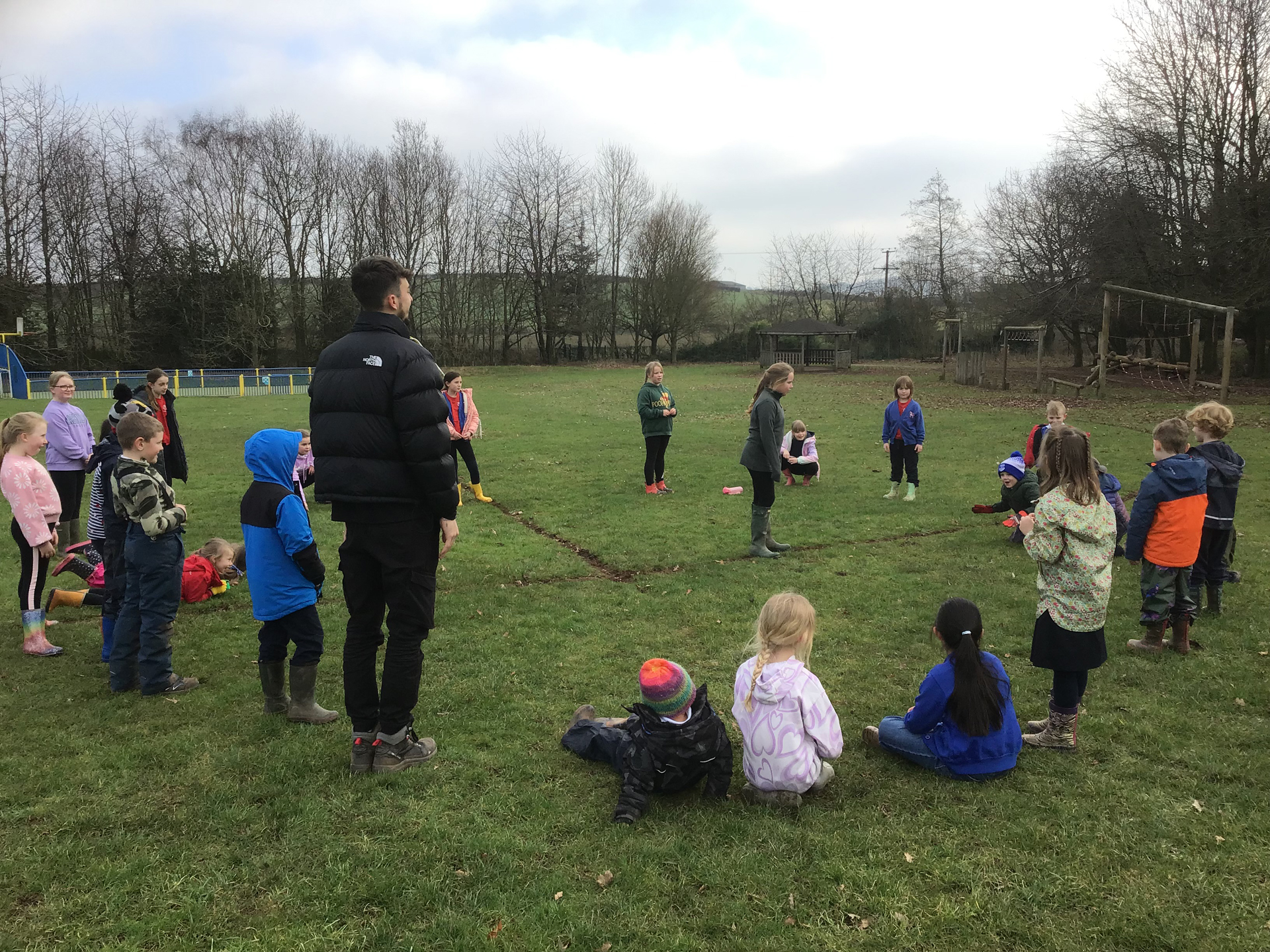At Griffydam Primary School, our intent for Physical Education is for all children to develop a passion for life-long health and fitness. We believe that for children to develop their physical literacy they should engage in a wider variety of physical activity, which extends above and beyond their statutory entitlement. We aim to nurture strategies for healthy mental well-being through positive relationships with health, fitness, physical activity and collaborative working.
Aims
Physical Education should offer opportunities for the children to:
• develop skilful use of the body, the ability to remember, repeat and refine actions and to perform them with increasing control, coordination and fluency (acquiring and
developing)
• develop an increasing ability to select, link and apply skills, tactics and compositional ideas (selecting and applying)
• improve observation skills and the ability to describe and make simple judgements to improve performance (improving and evaluating)
• develop an understanding of the effects of exercise on the body, and an appreciation of the value of safe exercising (knowledge and understanding of fitness and health)
• develop the ability to work independently, and communicate with and respond positively towards others (working alone and with others)
• promote an understanding of safe practice, and develop a sense of responsibility towards their own and others’ safety and well-being (applying safety principles)
This can be achieved by:
• providing equal opportunities for all children to participate in all
aspects of PE
• providing appropriate resources for the children and teachers to use
• developing staff competence and confidence in the delivery of high
quality PE lessons
• teaching specific skills and techniques
• offering opportunities to work as individuals, with partners, in groups and as a whole class
• securing a safe working environment, in accordance with the Health and Safety requirements (see: ‘Safe practice in physical education and school sport.’)
• giving opportunities for the children to appraise and evaluate their own
and others’ work
• encouraging involvement in extra-curricular sporting activities and develop community and club links
• increasing participation in competitive sports both in and out of school
• using sport to grow pupils’ self-confidence and self-esteem



